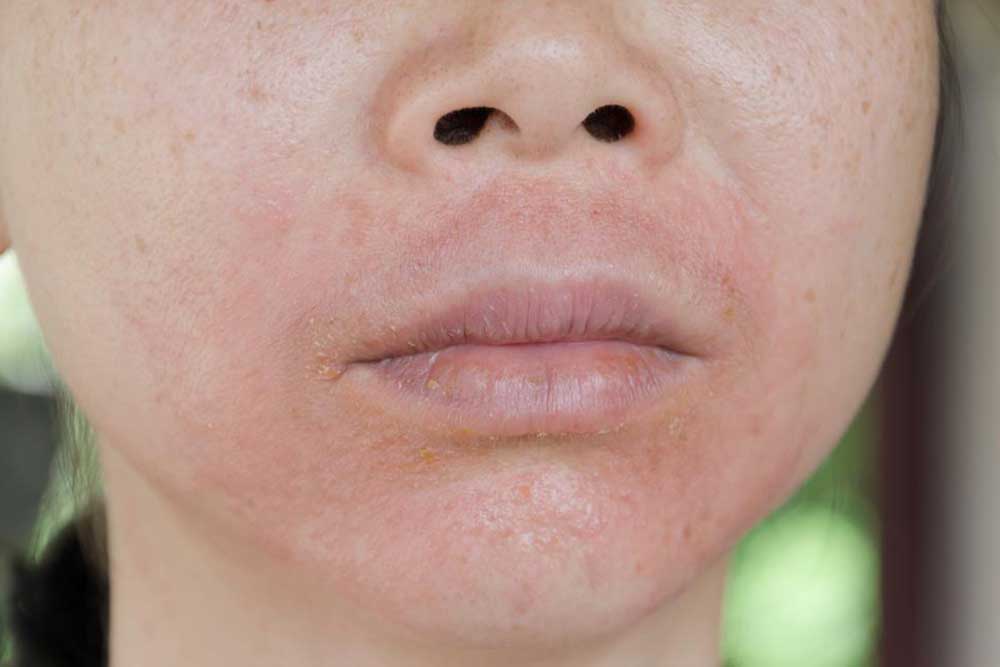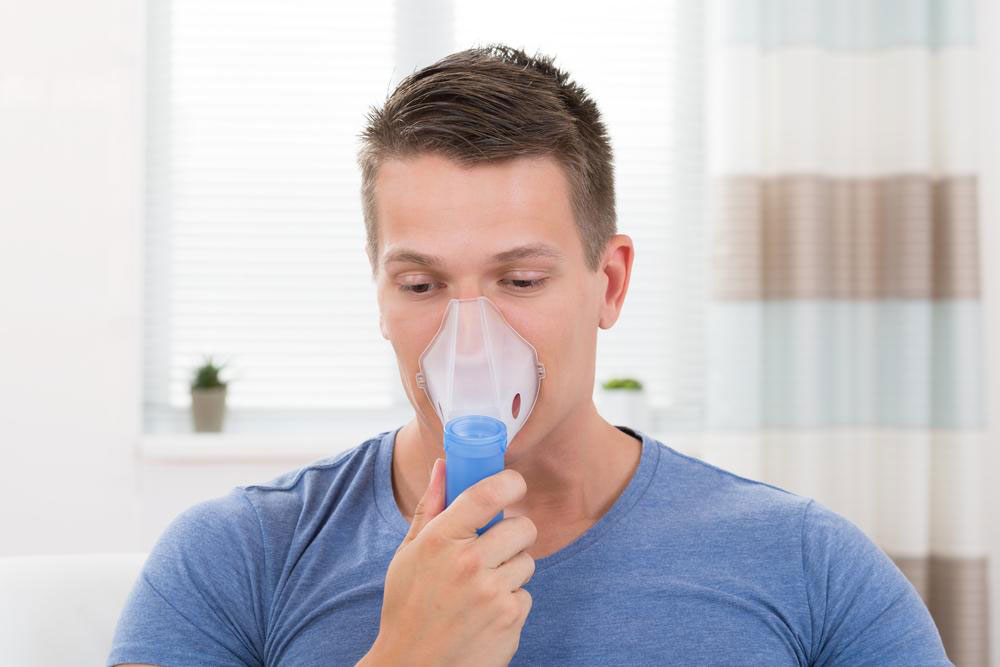Comprehensive Guide to Managing Lupus-Induced Skin Symptoms Effectively
This comprehensive guide explores effective strategies for managing lupus-related skin symptoms. It emphasizes the importance of personalized medical treatments such as anti-inflammatory drugs, antimalarials, and corticosteroids, alongside lifestyle practices like sun protection and regular skin monitoring. By understanding these approaches, patients can better control flare-ups, prevent organ damage, and improve their quality of life. The article highlights the significance of consulting healthcare professionals for tailored care plans and discusses how combining medication with healthy habits can make a meaningful difference in managing lupus skin manifestations.

A Detailed Approach to Managing Skin Manifestations of Lupus
Lupus erythematosus is a complex autoimmune disease that significantly impacts the skin, manifesting in various characteristic symptoms. One of the most recognizable signs of lupus is a distinctive butterfly-shaped rash that appears across the cheeks and sometimes extends onto the nose. This skin involvement can be both a diagnostic indicator and a source of discomfort for patients. Besides the butterfly rash, individuals with lupus often experience increased skin sensitivity to sunlight, resulting in sunburns or rashes even after brief exposure.
In addition to the butterfly rash, other dermatological signs in lupus include hyperpigmented purple patches, red flaky spots, and mouth ulcers, which may contribute to physical discomfort and emotional distress. There is currently no complete cure for lupus; however, with proper management strategies, many individuals can lead healthier, more comfortable lives. The approach to managing skin symptoms involves a combination of lifestyle adjustments, medical treatments, and preventive measures aimed at minimizing flare-ups and protecting the skin’s health.
Determining the right treatment plan begins with an accurate diagnosis by healthcare professionals who evaluate skin changes along with other systemic symptoms. Personalized therapies are crafted based on disease severity, skin involvement, and the overall health profile of each patient. This comprehensive guide details effective strategies to control lupus-related skin issues, emphasizing the importance of proper medical intervention and daily habits to promote skin health and prevent exacerbations.
Here are the essential treatments and lifestyle modifications that can significantly improve skin-related lupus symptoms:
Key Strategies for Lupus Skin Management
Anti-inflammatory Medications: Non-steroidal anti-inflammatory drugs (NSAIDs) are commonly prescribed to reduce swelling, joint pain, and skin inflammation in lupus patients. Many of these medications are available over the counter; however, their use must be monitored by a healthcare professional. Taking these drugs with food or milk can help reduce gastrointestinal irritation. While effective, long-term use of anti-inflammatory drugs carries potential risks, including elevated chances of cardiovascular problems such as stroke or heart attacks, necessitating regular medical supervision.
Antimalarial Drugs: Drugs like hydroxychloroquine and chloroquine are frequently utilized in lupus management. They act to protect the skin from ultraviolet (UV) damage, which can trigger or worsen symptoms like rashes and photosensitivity. These medications are also effective in alleviating joint discomfort, mouth ulcers, and skin rashes, contributing to overall symptom control. Additionally, they lower the risk of blood clot formation—a serious concern in some lupus patients. A noteworthy side effect of antimalarials is gastrointestinal upset, including nausea or stomach pain, which can often be mitigated by proper administration with meals.
Additionally, certain lupus patients are at increased risk for blood clots, which can have severe health consequences. Antimalarial drugs play a vital role in reducing this risk. Nevertheless, healthcare providers should continually monitor for side effects, especially gastrointestinal disturbances, and adjust treatment plans accordingly.
Another crucial therapeutic approach involves corticosteroids, which have potent anti-inflammatory and immunosuppressive effects.
Corticosteroids in Lupus Management: These medications, such as prednisone, are used to rapidly control severe skin flare-ups and prevent organ damage in cases where blood vessels, lungs, kidneys, or the heart are affected. Corticosteroids effectively reduce inflammation, alleviating symptoms like joint pain, swelling, and skin rashes. Nevertheless, their use must be carefully managed due to potential side effects, including weight gain, osteoporosis, and increased infection risk, especially with prolonged application.
Patients receiving corticosteroid therapy should be monitored regularly for adverse effects, and clinicians often aim to use the lowest effective dose for the shortest duration possible.
Visual documentation of lupus skin rashes plays a significant role in disease monitoring and management. While lupus is a chronic condition without a definitive cure, appropriate treatments can markedly reduce symptoms, lessen frequency and severity of flare-ups, and diminish the risk of organ and tissue damage. Maintaining healthy lifestyle habits is fundamental—this includes adhering to a balanced diet, quitting smoking, and diligently applying broad-spectrum sunscreen when outdoors to prevent UV-induced skin damage. Incorporating routine rest, staying up-to-date with vaccinations against influenza and pneumonia, and regularly observing skin changes through photographs can support early intervention and treatment adjustments.
Ultimately, effective lupus skin management hinges on proactive engagement with healthcare professionals who can tailor therapies based on specific signs and symptoms. Patients should always consult their healthcare team for personalized advice, especially when new skin symptoms appear or existing ones worsen. Comprehensive care strategies combining medication, lifestyle changes, and vigilant monitoring offer the best chance for controlling lupus-related skin manifestations and enhancing overall quality of life.





